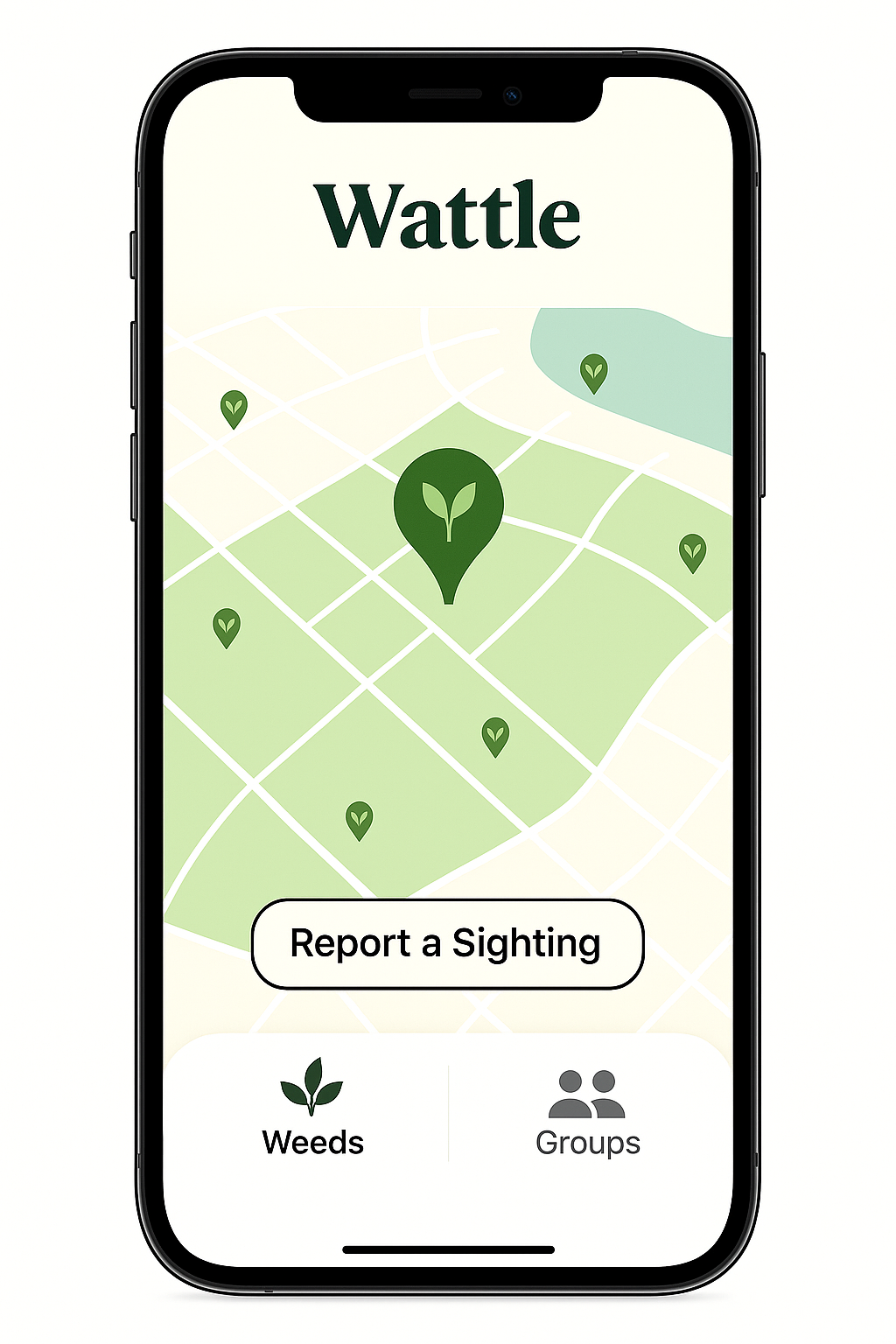
Science
Experiments
Science Experiments
Science doesn’t just happen in the lab. With the rise of digital products — and now the power of AI — we have more opportunities than ever to bring scientific thinking into everyday life, empowering both scientists and citizens alike.
In this micro-series, I explore science-inspired concepts and experiments — ideas that aim to make science more approachable and harness its power for the greater good.
🧰 The approach for this series
To build fast and with minimal cost, I’ve been relying on a lean but powerful stack:
From name to features, target users to positioning — I plan to use ChatGPT to get ideas out of my head and into shape fast. It helps me clarify the concept, test different angles, and quickly move from abstract to tangible.
🧠 Step 1 — Flesh out the concept
Tool: ChatGPT
Once the concept is defined, I will use ChatGPT to generate high-fidelity UI screens — using the context we’ve built together in the chat. It usually takes a few iterations, but the results are surprisingly solid.
🎨 Step 2 — Rough designs
Tool: ChatGPT (again)
Lovable is where the concept really comes to life. I will provide a short summary of the product and a few screens, and we would take it from there — turning the concept into a working product, fast.
🔨 Step 3 — Build the thing
Tool: Lovable
Citizens Science
Citizen science invites everyday people to contribute to real research — collecting data, spotting patterns, applying scientific thinking, and helping move science forward in their daily lives.
In this space, I explore experiments and concepts that bring science into the hands of citizens — making it more collaborative, participatory, and connected to the world around us.
Wattle
A bush regen focused app
